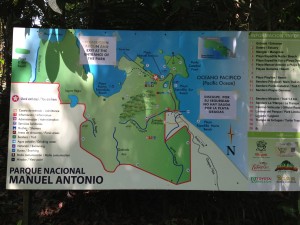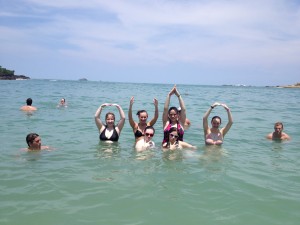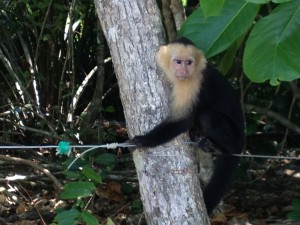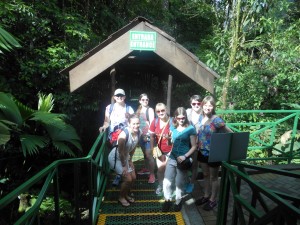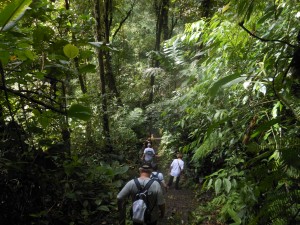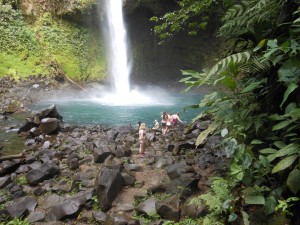
By mid-afternoon we arrived in Santa Elena, a small community just outside the Monteverde Conservation Area. Within this region, 310 hectares have been permanently leased by the Santa Elena community high school. The original vision was to use this land for agricultural research and education in Monteverde. However, the farming proved to be unsuccessful, and in 1989, the land was converted into a cloud forest reserve. The reserve was created out of the community’s desire to both preserve the cloud forest and use tourism as a means to benefit community development. Entrance fees go to protecting and managing the reserve, as well as providing higher quality education for the schools of Monteverde.

A cloud forest is a high-elevation forest characterized by a persistent, canopy-level cloud cover. These clouds provide the forest with a continual supply of moisture, which supports the fantastic array of plants that live here.
Warm winds from the Atlantic Ocean sweep over the Continental Divide, cooling and condensing to form clouds as they rise. By the time they reach Santa Elena, the clouds are thick and filled with moisture. The forest is thus bathed in a constant supply of mist, which, over the course of a year, amounts to nearly twelve feet of rain.

